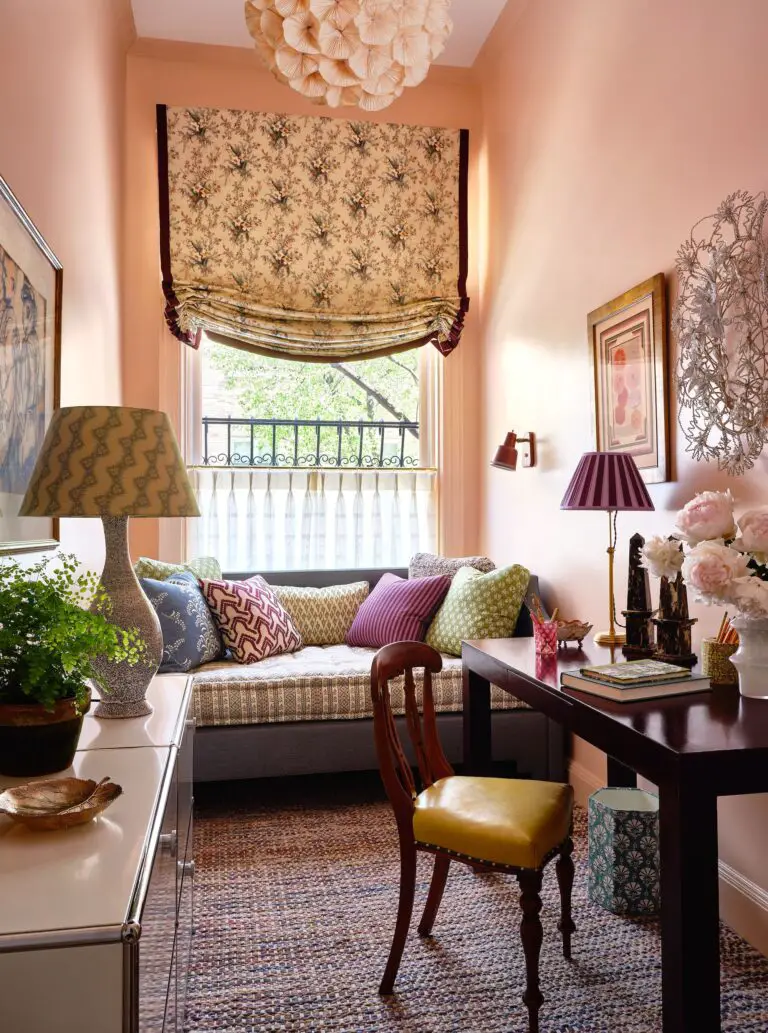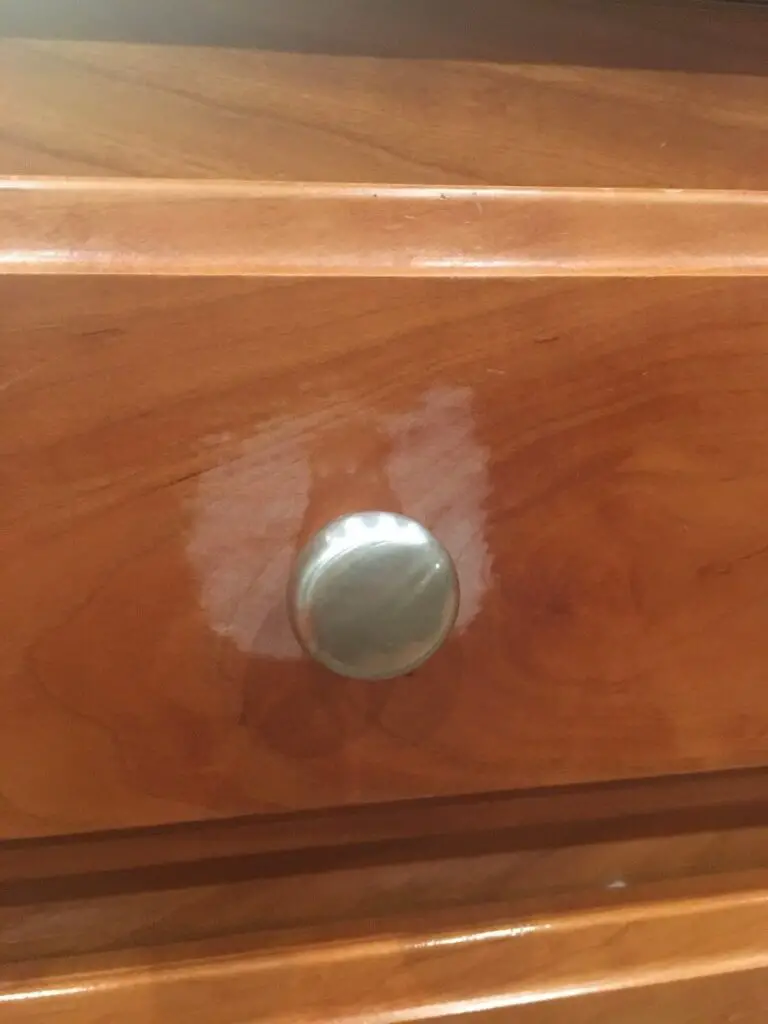What is a Floating Wood Floor: Your Ultimate Guide
A floating wood floor is a popular and versatile option for homeowners who desire the beauty of hardwood without the expense and complexity of traditional hardwood floor installation. This innovative flooring solution has gained widespread popularity due to its ease of installation, durability, and aesthetic appeal. In this article, we will delve into the specifics of floating wood floors, including its construction, benefits, and considerations for installation.

Credit: www.stair-rodsdirect.co.uk
Construction of Floating Wood Floors
Floating wood floors are not attached to the subfloor. Instead, they are installed over an underlayment using the “floating” method, where the individual planks or tiles are connected to each other, but not to the subfloor. There are various types of floating wood floors, including engineered wood and laminate flooring, both of which offer unique characteristics:
Engineered Wood Flooring
Engineered wood flooring consists of multiple layers of wood veneers that are bonded together to form a durable and stable core. The top layer is made of real hardwood, providing an authentic appearance, while the underlying layers enhance dimensional stability. This construction minimizes the expansion and contraction of the wood, making it suitable for installation in areas with fluctuating humidity levels, such as basements and kitchens.
Laminate Flooring
Laminate flooring is constructed with a high-density fiberboard core, a photographic layer that simulates the look of wood, and a clear top wear layer that provides protection against scratches and stains. Although laminate does not contain real wood, it offers exceptional durability and is often more budget-friendly than engineered wood.
Benefits of Floating Wood Floors
Floating wood floors offer several advantages that make them a desirable choice for homeowners:
Easy Installation
One of the primary benefits of floating wood floors is their ease of installation. The click-and-lock or tongue-and-groove connection system allows for straightforward installation without the need for adhesives or nails. This makes it an ideal option for DIY enthusiasts.
Versatility
Floating wood floors can be installed over various subfloors, including concrete, plywood, and existing flooring, expanding the possibilities for remodeling projects. Additionally, they are available in a wide range of wood species, finishes, and patterns, allowing homeowners to achieve their desired aesthetic.
Durability
Both engineered wood and laminate floating floors are designed to withstand heavy foot traffic and resist wear and tear. Their resilient nature makes them suitable for active households with children and pets.
Mitigates Moisture Issues
The floating installation method allows for natural expansion and contraction of the wood, reducing the risk of warping and buckling due to moisture exposure. This feature makes floating wood floors suitable for areas prone to high humidity levels.
Considerations for Installation
While floating wood floors offer numerous benefits, there are essential considerations for installation:
Subfloor Preparation
Before installation, the subfloor must be clean, level, and dry. Any irregularities in the subfloor can impact the performance and longevity of the floating wood floor.
Underlayment Selection
Choosing the appropriate underlayment is crucial in ensuring proper sound insulation, moisture protection, and support for the floating floor. The underlayment material should align with the specific requirements of the flooring product being installed.
Expansion Gaps
Allowing for expansion gaps is essential to accommodate the natural movement of the wood. These gaps should be maintained along the perimeter of the installation area and at transitions to other flooring surfaces.
Moisture Testing
Prior to installation, conducting moisture tests on the subfloor is imperative to prevent moisture-related issues that can affect the performance of the floating wood floor over time.
In conclusion, a floating wood floor offers a practical and aesthetically pleasing flooring solution for homeowners seeking the warmth and elegance of hardwood with added installation flexibility and durability. By understanding its construction, benefits, and installation considerations, homeowners can make informed decisions when considering floating wood floors for their homes.
Frequently Asked Questions Of What Is A Floating Wood Floor: Your Ultimate Guide
What Is A Floating Wood Floor?
A floating wood floor is a type of flooring installation method where the individual pieces of flooring are not nailed or glued to the subfloor.
How Is A Floating Wood Floor Different From Other Flooring Options?
Compared to traditional hardwood floors, floating wood floors are easier to install and are less affected by moisture and temperature changes.
Are Floating Wood Floors Suitable For All Rooms In A House?
Yes, floating wood floors are versatile and can be installed in most indoor spaces, including bedrooms, living rooms, and kitchens.
Can Floating Wood Floors Be Installed Over Existing Tile Or Carpet?
Yes, floating wood floors can be installed over existing tile or carpet as long as the surface is properly prepared and leveled.





